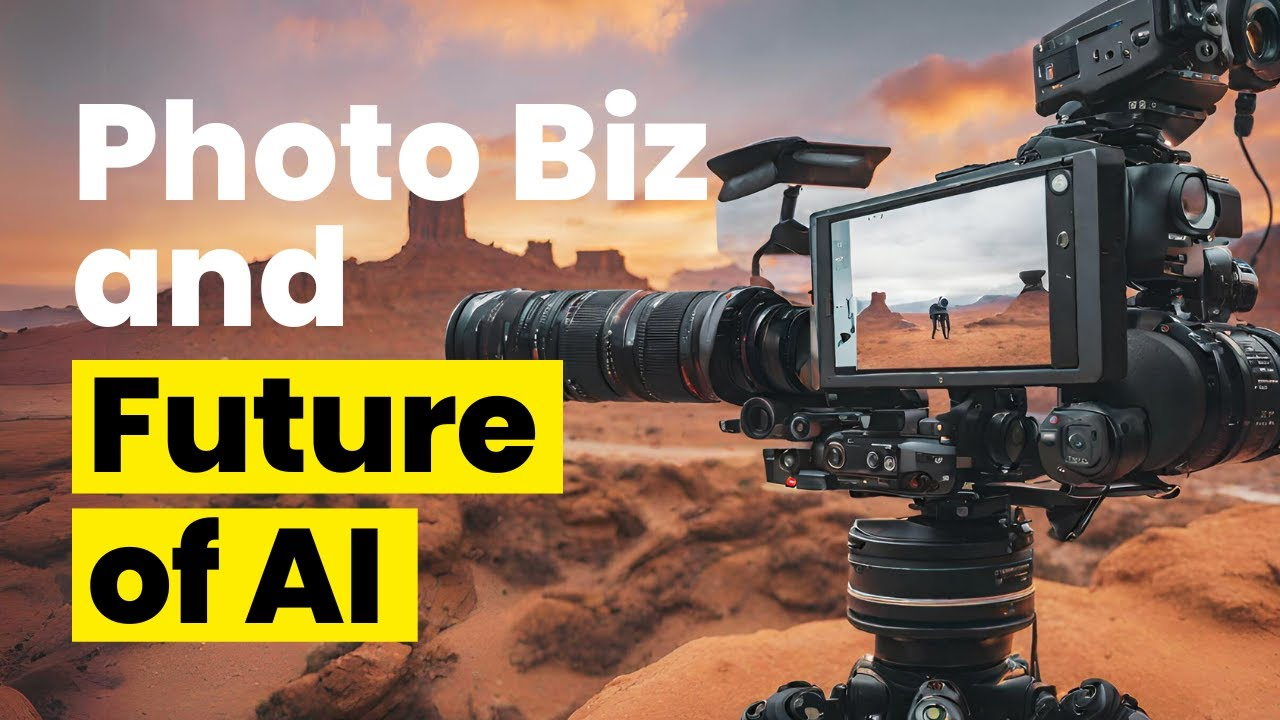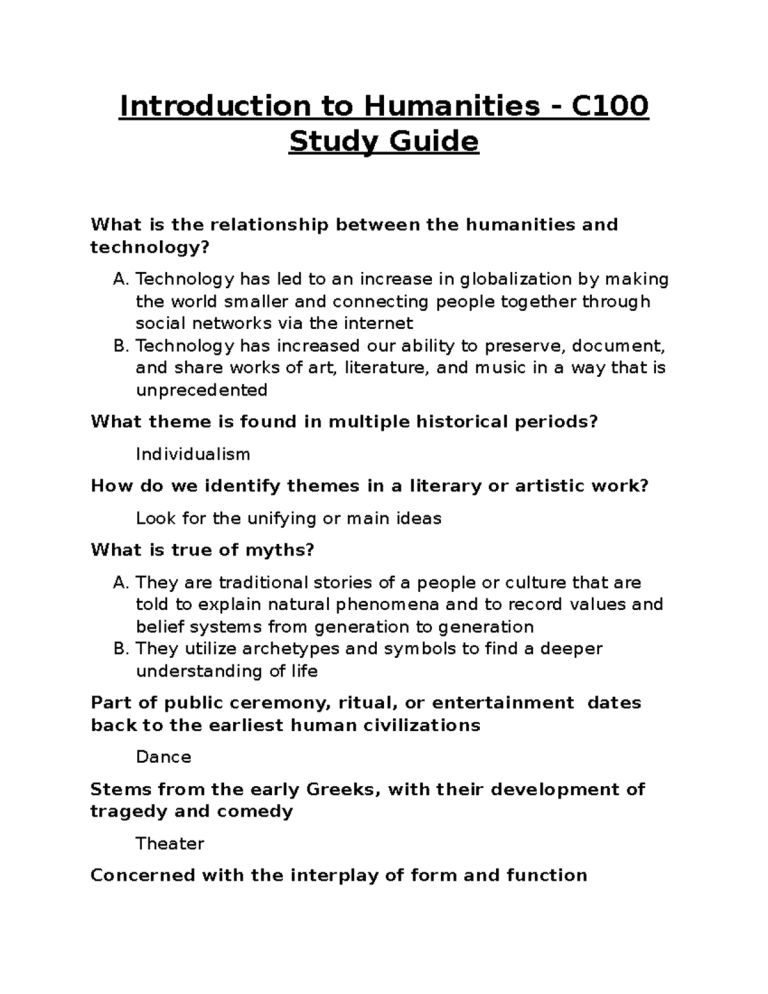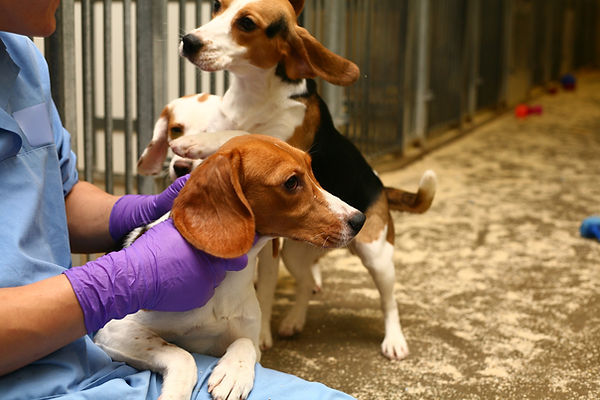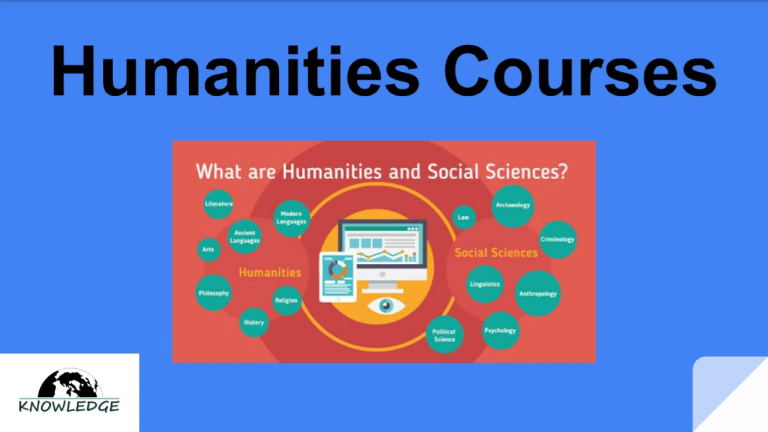The impact of AI on photography is a transformative force reshaping the landscape of image creation and preservation. As artificial intelligence technologies evolve, they bring both challenges and opportunities for photojournalists, especially in the realms of copyright and misinformation. For industry leaders like Emmy Award-winning visual storyteller Kira Pollack, AI poses a double-edged sword; it threatens the very fabric of visual records while also offering potential solutions for archiving war photography. With the ability to sift through thousands of images, AI can assist in preserving visual records that are often at risk of being forgotten or misrepresented. This juxtaposition prompts a critical examination of how AI technology in journalism can be harnessed ethically to safeguard the integrity of photography while navigating the complexities of copyright issues and authenticity.
Exploring the role of artificial intelligence in image-making unveils a riveting conversation about the future of visual storytelling. The intersection of technology and photojournalism invites us to rethink how we capture and archive crucial historical moments, particularly in settings of conflict. Emerging tools present a unique opportunity to enhance our understanding of visual narratives while also raising concerns about ownership and ethics. The integration of AI in the photography space offers a chance to breathe new life into underutilized archives, allowing us to better engage with the essence of visual journalism. As we delve deeper into this dialogue, it’s essential to consider how advancements in AI could redefine the ways we document, interpret, and preserve our shared visual history.
The Evolution of Photojournalism in the Age of AI
The integration of AI technology in journalism is reshaping the landscape of photojournalism in unprecedented ways. As image processing capabilities advance, photojournalists are facing a dual-edged sword: AI provides tools for innovative storytelling, yet also risks undermining the integrity of image creation. The evolution of technology invites both photographers and audiences to reconsider the meaning of authenticity and trust in visual media. As a result, it has never been more critical for photojournalists to adapt and embrace these innovations while remaining vigilant about the potential threats that accompany such profound changes.
Photojournalism is not simply the act of taking pictures; it is about capturing moments in time that convey truth and emotion. With AI’s increasing involvement, the essence of photojournalism is being redefined. While AI can enhance the analysis and organization of images, allowing for a more comprehensive understanding of events, the human touch remains irreplaceable. Successful photojournalism relies on context, intention, and narrative, elements that AI struggles to replicate. The challenge lies in leveraging AI’s potential while ensuring that the emotional and historical weight of photojournalistic works is preserved.
Frequently Asked Questions
What is the impact of AI on photography, especially in photojournalism?
AI technology is transforming photography by offering tools that can enhance image preservation, organization, and context. In photojournalism, AI helps analyze vast archives of visual records, allowing for better curatorial practices and making historical images more discoverable. However, it also raises concerns about copyright issues and the authenticity of images, highlighting the need for ethical standards in AI usage.
How does AI affect the preservation of war photography in journalism?
AI can significantly impact the archiving of war photography by efficiently categorizing and contextualizing images, ensuring that important visual records are not lost over time. This technology aids in preserving the legacy of photojournalists, enabling future generations to access and understand the visual documentation of conflicts, while also posing challenges related to copyright and ownership.
What are the copyright implications of AI technology in journalism and photography?
The rise of AI technology in journalism raises critical copyright issues, particularly around the unauthorized use of photographers’ work to train AI models. Photographers are at risk of having their images replicated or altered without consent, leading to potential legal and ethical dilemmas. It’s crucial to establish protective measures to safeguard the rights of photographers while leveraging AI for creative and archival purposes.
Can AI help in revitalizing old photography archives for contemporary audiences?
Yes, AI has the potential to revitalize photography archives by making them more accessible and engaging for contemporary audiences. By using AI to organize and analyze historical images, photojournalists can highlight previously unseen works, providing valuable context and narrative depth. This democratizes access to important visual records, reinforcing the significance of photography in capturing and preserving cultural moments.
What challenges do photojournalists face with AI-generated images?
Photojournalists face significant challenges with AI-generated images, primarily concerning the erosion of trust in visual media. The ability of AI to create photorealistic images without a camera complicates the distinction between authentic and fabricated visuals. Additionally, concerns about copyright infringement and the potential misuse of photographers’ work add layers of complexity to the ethical landscape of AI in photography.
How can AI contribute to the ethical organization of photo archives?
AI can contribute to the ethical organization of photo archives by employing systems that respect the intent of the original photographer while ensuring proper attribution and copyright compliance. By using AI to enhance metadata and analyze images, archives can be navigated more effectively, providing context and history that honor the work of photojournalists without compromising their rights.
What role does AI play in addressing misinformation in photography?
AI plays a dual role in the context of misinformation in photography. While it can generate realistic fake images that contribute to misinformation, it also offers tools for analysis that can help detect and debunk manipulated content. By improving image verification processes and enhancing the transparency of photo sources, AI can aid in restoring trust in legitimate photographic documentation.
What innovations in AI could further impact the field of photography?
Innovations in AI that could further impact photography include advancements in image recognition, automated tagging systems, and tools that facilitate the preservation of visual history. Such technologies promise to streamline the process of organizing large archives, improving searchability, and enabling deeper connections between viewers and the stories behind the images.
| Key Point | Details |
|---|---|
| Introduction of AI in Photography | AI presents both challenges and opportunities for the photography industry, especially in photojournalism. |
| Impact on Archives | Photojournalists need to preserve vast archives of unpublished work, with 95% of images often unseen. |
| Experimentation with AI | Case studies with AI analyzing complex images, revealing nuanced interpretations beyond simple recognition. |
| Trust and Copyright Issues | Concerns about misinformation, copyright infringement, and public trust must be balanced with AI’s preservation capabilities, focusing on ethics. |
| Goals of Shorenstein Fellowship | To foster dialogue across disciplines on the future values of photography and journalism in the age of AI. |
Summary
The AI impact on photography is profound and multifaceted, influencing how photojournalism preserves its heritage while navigating the complexities of modern technology. As AI tools evolve, they bring both potential threats and opportunities for photographers. While the rise of generative AI raises concerns about misinformation and copyright infringement, it also presents innovative solutions to catalog and preserve visual histories. Engaging critically with these developments, especially in academia and collaboration with various professionals, can help shape a responsible future for photography that respects truth, authorship, and memory.




